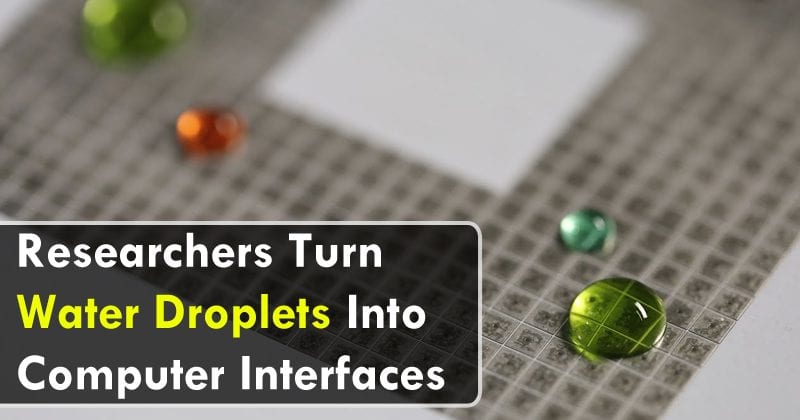Manually assembled mechanical systems are not scaled for the parallel handling of large quantities of small volume liquids. However, the electronics industry has demonstrated how to build robust integrated systems for manipulating information on tiny media. With this reference, a group of researchers from the MIT Media Lab, led by Udayan Umapathi, is looking at electronics and integrated circuits to offer miniaturization, complexity and integration to make way for the next generation of biology. The programmable project droplets is a microfluidic laboratory on a chip based on the principles of electrowinning in dielectric or electrodes in the dielectric. This system allows the precise control of the movement, the fusion and the agitation of biological samples by means of programming. The objective is to develop a robust EWOD microfluidic chip capable of handling large quantities of samples, in parallel and without cross-contamination. To that end, the MIT team has created a large set of 2D grids on low cost printed circuit boards (PCBs) with direct addressability on each electrode. Direct large-scale directivity provides a method for users to customize the microfluidic chip, allowing several experiments to be executed in parallel. Performing experiments in parallel allow obtaining more results and variations of a given experiment. This work also includes the development of several surface coatings for the microfluidic chip that inherently prevent a drop from leaving a trace, thus preventing cross-contamination.
“Our ultimate goal is to scale this technology towards the massive parallelization of the manipulation of programmable drops. This will allow faster drug discovery and disease detection,” Udayan Umapathi said. So, what do think about this? Simply share all your views and thoughts in the comment section below.
Δ


